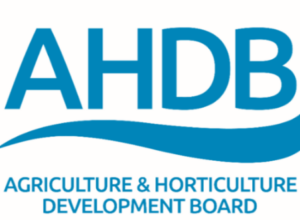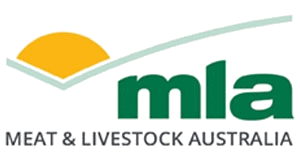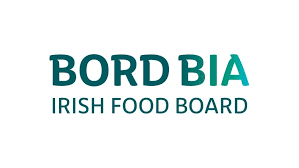Cattle Market
Prime cattle prices have shown renewed strength due to a slowdown in supply. The overall steer price increased by 13p to average 655p/kg, while heifer prices also grew by 13p to average 652p/kg. Steers achieving R4L specification averaged 667p/kg, up 14p on the week, and R4L heifers averaged 663p/kg, up 12p on the week. The overall young bull price rose by nearly 11p to average 634p/kg.
Deadweight cow prices showed more muted growth, with the overall average price up 1p from the previous week to 486p/kg. This marks the third consecutive week of slowed price growth, raising the question of whether cow prices have reached their peak, up £1.38/kg compared to this time last year.
GB prime cattle slaughter plateaued in the week ending 8 March, with an estimated kill of 35,900 head, stable from the previous week. An increase in heifer kill outweighed reductions in steers. Meanwhile, cow slaughter fell further, down 700 head to an estimated 9,100 animals.
Beef demand remains strong, with recent retail figures showing annual gains in volume sales, contributing to spend growth over the past 12-week period. Mince, stewing, and burgers & grills are particularly in growth, while the roasting category is showing annual losses.
Sheep Market
For the week ending 8 March, the GB deadweight old season lamb SQQ averaged 739p/kg, up 1p from the previous week. This measure is 5p below where it was at the same point a year ago, marking the first time it has been lower year-on-year since July 2023.
At this point last year, prices were rallying due to supply constraints, export growth, and the proximity of Ramadan and Easter pushing demand. Continued tight supply and strong demand through the end of 2024 meant the SQQ started 2025 significantly above its position the previous year (+90p).
Since the start of the year, the measure has moved largely sideways, with lower supply balanced by weaker domestic demand. Prices from Rungis wholesale market suggest a balanced export market picture overall, although prices appear to have picked up into March. Official export figures for January are awaited.
Estimated clean sheep slaughter rose further to total 236,200 head for the week, up 3,300 head from the previous week. This was 4% above the estimated kill for the same week a year ago.
Original story: AHDB



